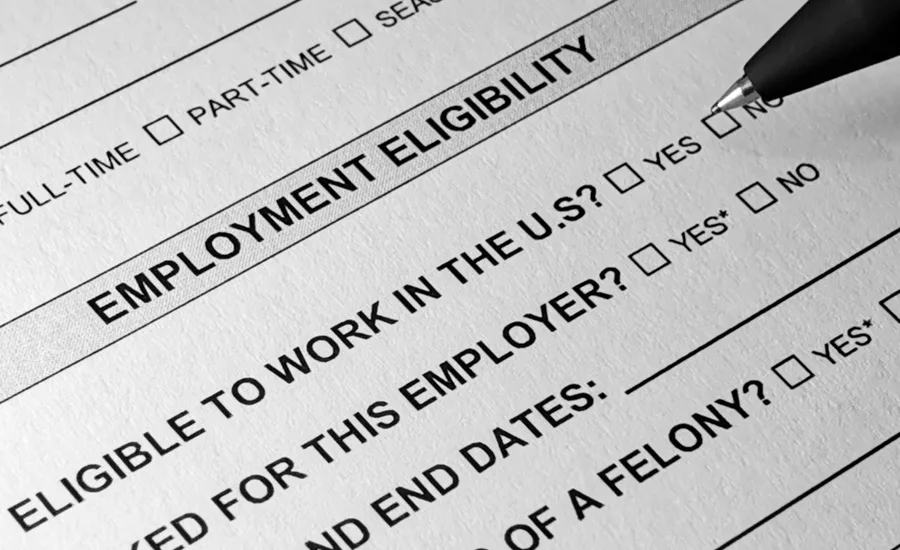Understanding the New I-9 Employment Verification Forms
A new I-9 employment eligibility form allows opportunities for roofers to streamline operations and verify remotely

U.S. employers may be able to streamline the onboarding of new employees now that the U.S. Dept. of Homeland Security has issued a new version of the I-9 Employment Eligibility Verification Form, effective Aug. 1.
This form will allow qualifying employers to avoid the actual, and often time-consuming, physical inspection of employee documents and verify them remotely via video calls.
This new edition will become mandatory for all employers after Oct. 31; until then, employers may continue to use the prior version.
Among the changes to the form are:
Sections 1 and 2 are now on a single page;
The previous Preparer / Translator certification is now a separate supplement (to be used as needed);
The previous Section 3 (for re-verifications and rehiring former employees) is also a separate supplement;
The new form can be completed on tablets and mobile devices (after downloads);
Better clarity regarding acceptable documents, including filing receipts and links to additional information;
Below is a checkbox for qualifying employers who remotely review employee documents (the “alternative procedure”).
6 Steps to New I-9 Remote Verification
Now that the U.S. Department of Homeland Security has issued a new version of the I-9 Employment Eligibility Verification Form, roofing contractors can use a new feature.
Following up on the lessons it indicates it learned from millions working remotely during the COVID-19 lockdowns, DHS will now allow qualifying employers an alternative to the in-person examination of the original documents provided by newly hired employees and permit employers to review copies of them during video calls.
A “qualified” employer is one that has enrolled in E-Verify. New hires can only be remotely verified for those with multiple worksites if the site into which they are hired has been included in the employer’s E-Verify registration.
To remotely verify a new hire, a qualified employer must do the following in the first three business days of the person’s employment:
- Obtain copies of the employee’s identity and employment authorization document(s) (front and back);
Examine these copies (front and back) of Form I–9 documents or an acceptable receipt to ensure that the documentation presented reasonably appears to be genuine;
Conduct a live video interaction with the new hire who is presenting the original document(s) to ensure that it/they reasonably appear(s) to be genuine and related to that individual;
Indicate on Form I–9 by checking the corresponding box that an alternative procedure was used to examine documentation to complete Section 2 (or for re-verification, as applicable). (This box is in the “Additional Information” part of Section 2 of the new form.)
Retain, consistent with applicable regulations, a clear and legible copy of the documentation (front and back if the documentation is two-sided);
- Keep on file clear and legible copies of the employee’s documentation.
This new “alternative procedure” for verifying the employment eligibility of new workers has the potential to ease their onboarding process and save employers time in what can sometimes be confusing.
Looking for a reprint of this article?
From high-res PDFs to custom plaques, order your copy today!





